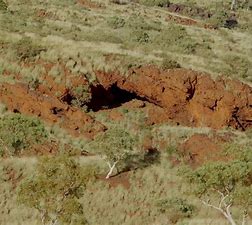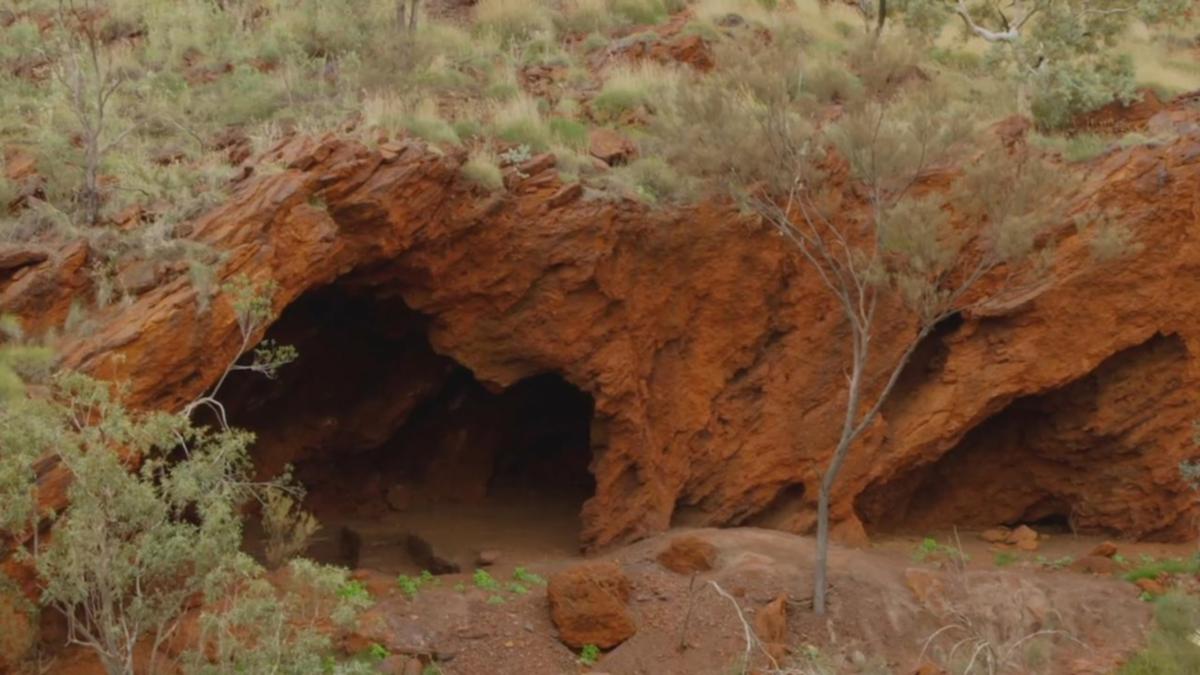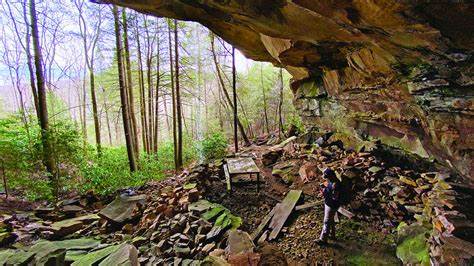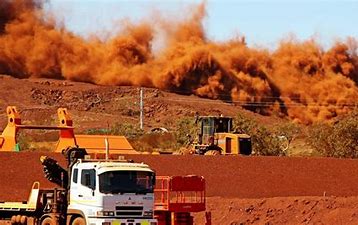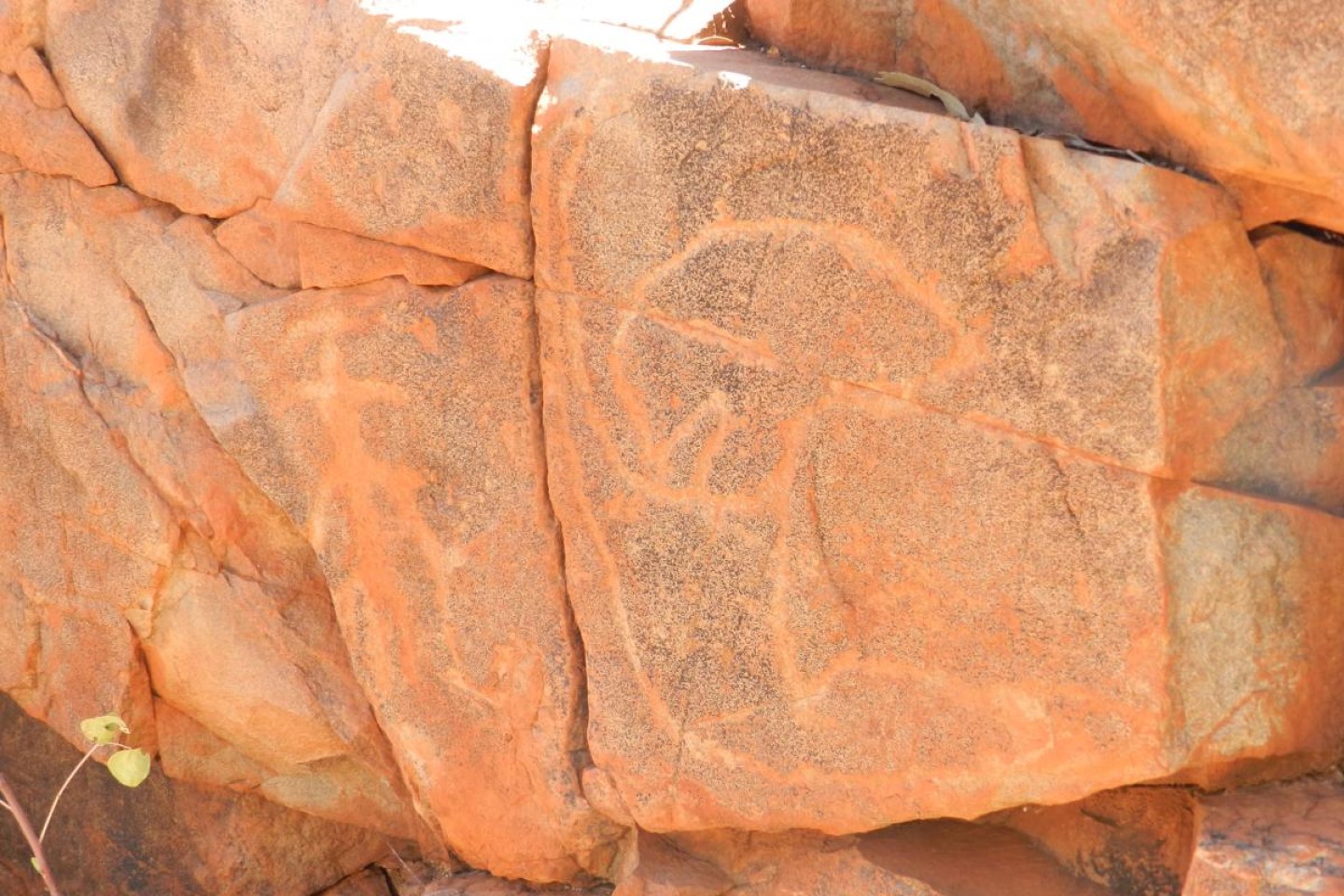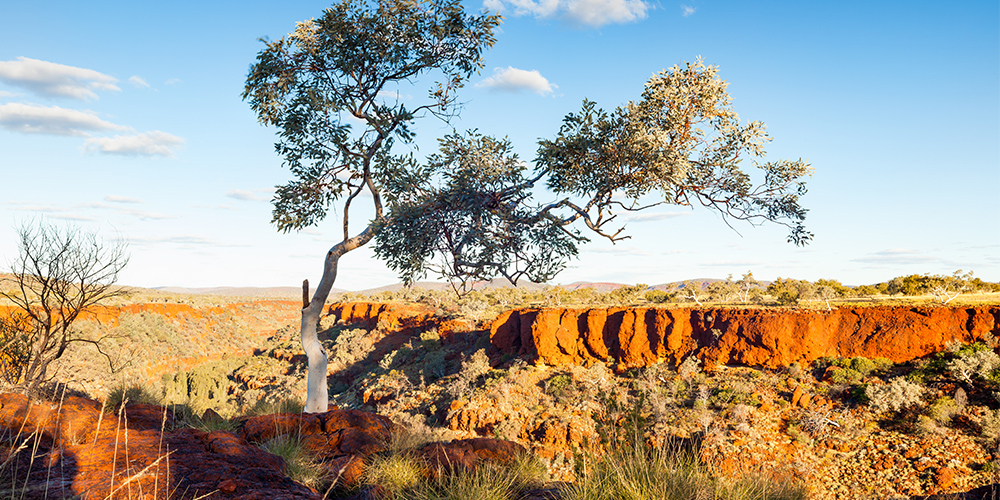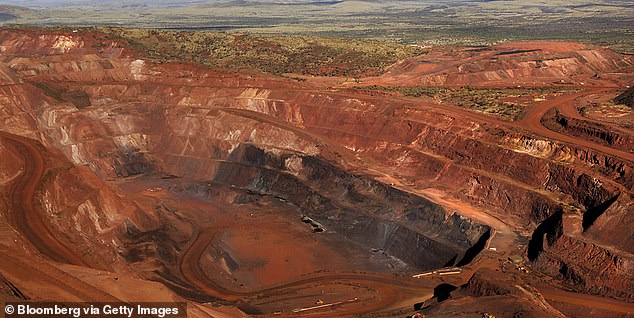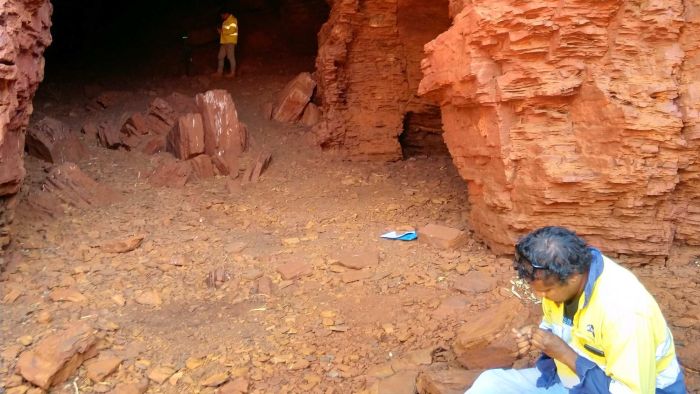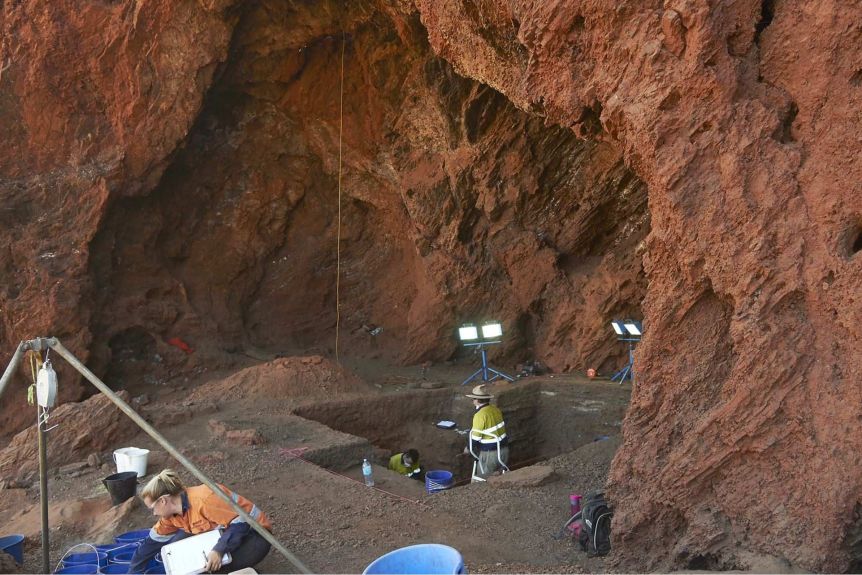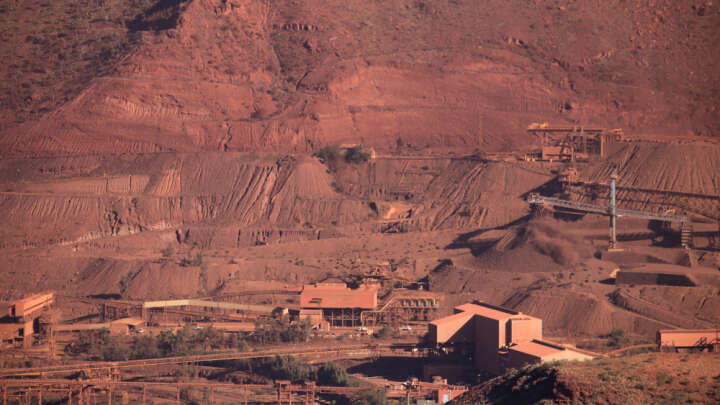
AsianOverland.net
Tour Guide - Itinerary
Asian Overland Sydney to London
Started 22/06/2022 Finished 21/06/2023365 Days ITINERARY
Day 20 date 11/07/2022SHARK BAY to JUUKAN GORGE, PILBARA
ASIANOVERLAND.NET SYDNEY TO LONDON DAY 20: SHARK BAY TO JUUKAN GORGE, PILBARA
Juukan Gorge is known primarily for one of its caves that is the only site in the world with evidence of continuous human occupation for over 46,000 years, including through both of the last Ice Ages.
Juukan Gorge includes caves and homes which have been used and lived in continuously by more than 2,000 generations of human beings, the First Australians. It is recognised world-wide as a unique example of human life and habitation.
Juukan Gorge is in the Hamersley Range in the Pilbara region of Western Australia, about 60 kilometres from Mt Tom Price. It was named by the daughter of Puutu Kunti Kurrama man Juukan, also known as Tommy Ashburton, who was born at Jukarinya (Mt Brockman).
One of the caves in Juukan Gorge was a sacred site for the traditional owners of the land, the Puutu Kunti Kurrama and Pinikura (Binigura) peoples.
The archaeological significance of the Juukan Gorge was widely known at least since 2009, when Michael Slack and others reported on "two rock shelters with Aboriginal occupation starting at least 32,000 years ago and extending throughout the Last Glacial period".
In 2014, an archaeological dig discovered the site was much older than previously thought, at around 46,000 years old, and rich in artefacts including animal bones in middens showing changes in the local fauna, grindstones and sacred objects.
One significant finding about 4,000 years old was a length of plaited human hair, woven together from strands from the heads of several different people. DNA testing revealed that the hair had belonged to the direct ancestors of Puutu Kunti Kurrama and Pinikura (PKKP) people alive today. Plaited human hair has been used across Australia by First Nations people for thousands of years as rope for tying things together, including tools.
The Juukan Gorge caves include ancient rock art, cooking hearths which are at least 26,000 years old, stone and bone tools, bones, grindstones and hunting equipment.
PKKP heritage manager Heather Builth told mining company Rio Tinto that the site was one of the "top five" most significant sites in the whole of the Pilbara region. Archaeologist Michael Slack told Rio Tinto that one of the rock shelters, Juukan 2, was of "the highest archaeological significance in Australia", saying that its significance "could not be overstated", being the only “site of this age with faunal remains in unequivocal association with stone tools". Rio Tinto itself promoted the site as having great archeological significance.
Juukan Gorge and its caves were destroyed by Rio Tinto on 24 May 2020. The caves were blasted, along with other Aboriginal sacred sites, as part of Rio Tinto's expansion of the Brockman 4 mine, despite the PKKP having said many times that they wanted to preserve the site, and issuing an urgent request to halt the blasts five days beforehand.
It’s best to see these ancient historical sites while they still exist, as money has taken precedence over history and culture in Australia, since European colonisation.
© This work is copyright. Apart from any use permitted under the Copyright Act 1968, no part may be reproduced by any process, nor may any other exclusive right be exercised, without the permission of Peter Searle, peter@portseavillageresort.com; 1980-2024.
Website built by Justin O’Dea www.webdeveloperdocklands.com.au
